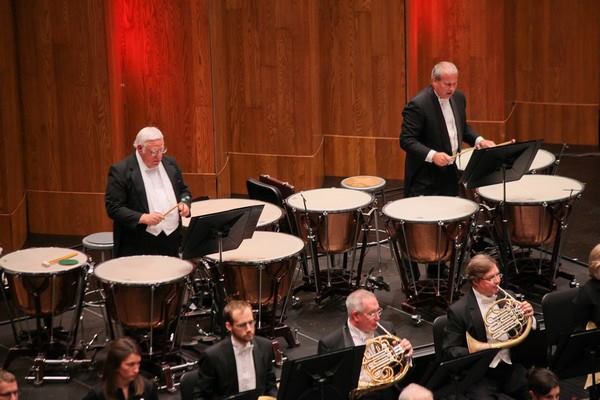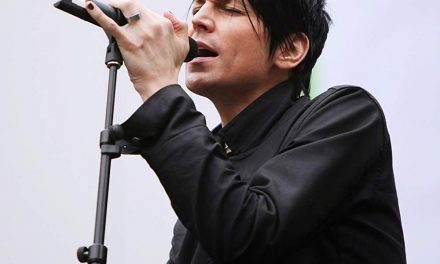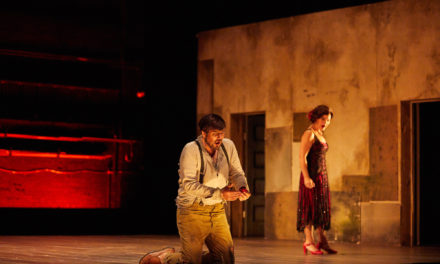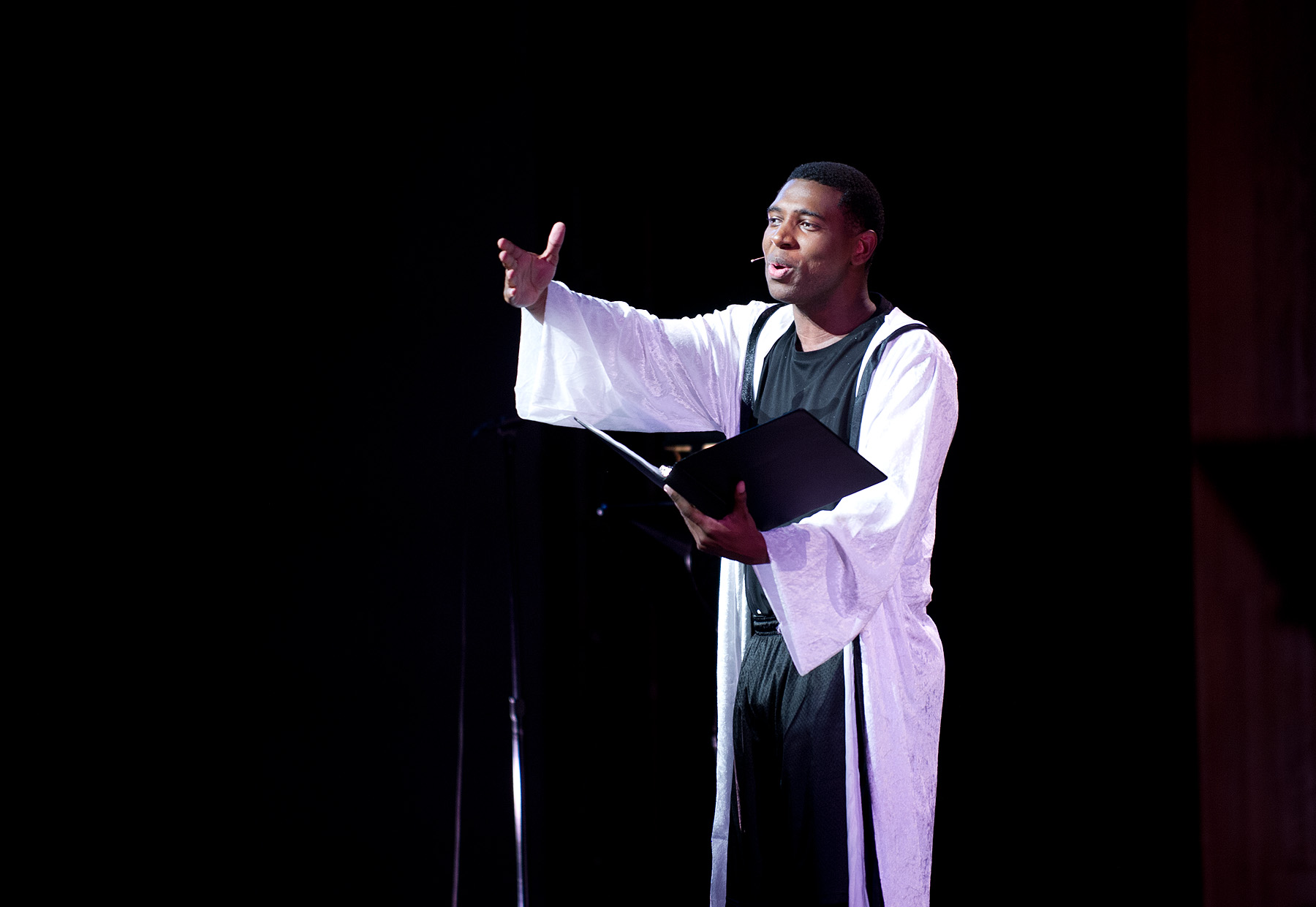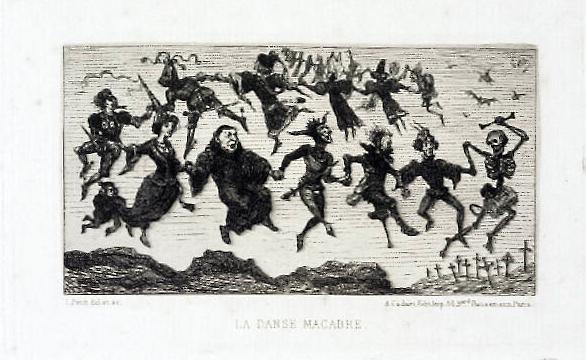Timpanist Jim Rago (left). Photo by Frankie Steele for the Louisville Orchestra.
The Rite of Spring
Louisville Orchestra
Teddy Abrams, conductor
By Shaun Kenney
Entire contents are copyright © 2018 Shaun Kenney. All rights reserved
I am one of those people who respond emotionally to music. I get chills or goosebumps and have to swallow the lump in my throat and brush away a tear when I hear certain musical passages. I honestly can’t put a finger on what type of music elicits this response in me because there doesn’t seem to be a pattern but I can say that it usually occurs during a live performance. Perhaps it’s that I’m experiencing something completely and totally in the present, knowing that once the moment has passed, the re-creation of it, even in a recording, is all but impossible. Perhaps I’m being empathetic to the composite energy of the musicians on stage, pouring their hearts and souls into the performance. Perhaps I just like the drama of it all. Like I said, I don’t know what causes it, but I know that when it happens I’m in for something good. The opening of tonight’s performance was one of these moments for me. I’m glad I had a cocktail napkin in my pocket to dry my eyes.
To add another level of emotion to the evening, tonight was the final concert of the orchestra’s 80th season and also wrapped up timpanist Jim Rago’s 50th season with the LO. Mr. Rago was recognized with a standing ovation and briefly spoke, quoting his father and saying, “tomorrow comes to you.” In other words, 50 years can go by amazingly fast, so why not do something you love? Executive director Andrew Kipe then asked the audience members who had been coming to see the orchestra for the last 50 years to raise their hands. It put a smile on my face to see so many hands raised. I hope to be amongst their ranks one day.
If you don’t think that you’re familiar with Richard Strauss’s Thus Spoke Zarathustra I would wager that you actually are, at least with the first section. It was probably made most famous for its use in the iconic opening credits of Stanley Kubrick’s 2001: A Space Odyssey. You see a black screen and hear the rumble of a double low C from the double basses, contrabassoon, and organ. The trumpets enter quietly in overtones and as the orchestra joins with a dramatic C major to C minor chord sequence the sun rises over a dark planet followed by the ominous pounding of the timpani. Sound familiar now? Though Strauss did give the opening of this tone poem the title of Sunrise, the vision he was painting was slightly different. This work is based on Friedrich Nietzsche’s book Also sprach Zarathustra that is a fictionalized work about the Persian prophet and founder of Zoroastrianism, Zoroaster. One of the main ideas in the book is that humankind is in a constant state of evolution, from our beginnings as apes to the ultimate goal of perfection, which Nietzsche called the “overman”. Strauss chose 9 of the more than 80 sections in this book to honor in musical form. To steal from the program notes and quote Strauss “I did not intend to write philosophical music or to portray in music Nietzsche’s great work. I meant to convey by means of music an idea of the development of the human race from its origin, through the various phases of its development, religious and scientific, up to Nietzsche’s idea of the overman. The whole symphonic poem is intended as my homage to Nietzsche’s genius, which found its greatest exemplification in his book Also sprach Zarathustra.”
I have to admit that other than the brief opening I hadn’t previously heard the remainder of the work. This is one of my favorite things about the Louisville Orchestra under the direction of conductor Teddy Abrams. They have a great ability to take something familiar and use it to introduce the audience to something less known. The opening theme is found in different forms throughout the sections of the piece including brief moments in III. Of Great Longing and an expansion of the theme into a fugue in VI. Of Science. There is also great dynamic contrast both between and within the sections. The piece ultimately ends very quietly with a high B major chord from the woodwinds and a softly plucked C from the low strings. Because B and C are adjoining notes we are left with a feeling of unresolved dissonance and the unanswered question of “where do we go from here?”
The Rite of Spring is another piece of music I thought that I knew well, however upon hearing it I realized that, like the Strauss, I was only acquainted with the opening. It was originally written as a ballet for the Ballets Russes Company and was first performed at the Théȃtre des Champs-Élysées in Paris in the spring of 1913. For its time it employed some very avant-garde aspects including atonality, dissonance, and experiments with meter and rhythm. Its opening performance is notorious as it was so jolting to many audience members that a near-riot ensued. Patrons were actually shouting “Ta guele” [“Shut up!] at the orchestra and the dancers on stage. Ballet-goers were also shocked by the controversial subject matter of the work. It depicts a pagan ritual celebrating the rebirth of the earth in spring and ends with an adolescent girl, chosen as a sacrifice, dancing herself to death. The music in and of itself is extraordinary and I would be very interested to see this as a ballet. The performance by the orchestra was flawless. The energy coming from the artists on stage was palpable and it served as a triumphant conclusion to its 80th anniversary season.
The Rite of Spring
May 12, 2018
Louisville Orchestra
Whitney Hall
Kentucky Center for the Arts
501 W Main St
Louisville, KY 40202
Louisvilleorchestra.org
Shaun Kenney studied Music Education and Instrumental at Campbellsville University. In Louisville, he has worked with Finnigan Productions since its inception, as Stage Manager, Sound Designer, and Director.

